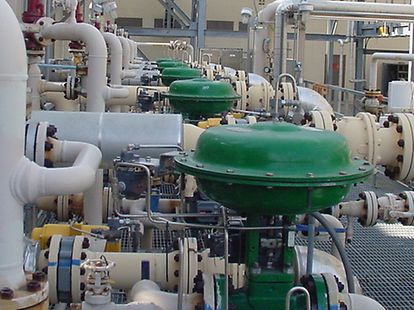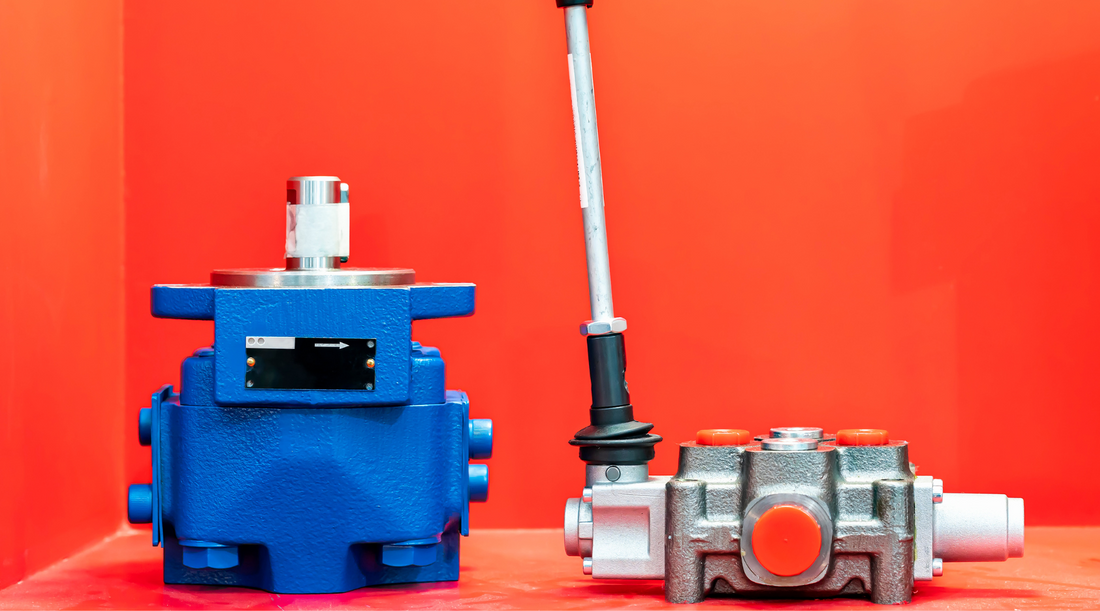Maximizing System Control with High-Performance Control Valves
Maximizing System Control with High-Performance Control Valves
Blog Article

Maximize Energy Financial Savings and Convenience With Advanced Structure Automation Controls
In the realm of modern-day architecture and facility management, the assimilation of innovative building automation regulates stands as a pivotal improvement. The convergence of modern technology and sustainability has actually birthed a brand-new period where power performance, comfort optimization, and functional streamlining are no more achievable realities however remote ambitions. By using the power of automation, structures can adapt, react, and progress in methods that were as soon as unthinkable. The possibility for significant power cost savings and enhanced convenience is not just an opportunity however a guarantee waiting to be fulfilled. This paradigm change in structure monitoring holds the vital to unlocking a world where environmental conscientiousness and owner well-being harmoniously coexist within the wall surfaces of our frameworks.
Power Performance Conveniences
Power effectiveness benefits can dramatically decrease energy consumption and operational costs in structures. Energy-efficient systems, such as sophisticated structure automation controls, can maximize the usage of sources like home heating, illumination, and air conditioning, leading to lower energy expenditures over time.
Moreover, improved power efficiency can extend the life expectancy of structure tools and systems. By operating more efficiently, heating and cooling systems, lighting fixture, and other structure parts experience less damage, leading to lowered maintenance and substitute costs. In addition, energy-efficient buildings often regulate higher residential property values and rental prices, supplying long-term financial advantages to proprietors.
In addition, power effectiveness can boost owner comfort and productivity. Effectively managed interior atmospheres with ideal illumination and thermal conditions produce an even more pleasurable and favorable work space, resulting in enhanced staff member complete satisfaction and efficiency. On the whole, the power efficiency benefits connected with sophisticated building automation controls are multifaceted, encompassing price financial savings, ecological stewardship, and passenger well-being.
Improved Convenience Control
Enhancing convenience control in building atmospheres calls for an innovative assimilation of innovative automation systems for optimum occupant well-being. By utilizing advanced structure automation controls, centers can customize the interior setting to fulfill the specific needs and preferences of residents. These systems allow exact guideline of temperature, ventilation, and illumination, producing a effective and comfy ambience. Owner fulfillment and performance are closely linked to thermal comfort, making it important to have systems in position that can adjust to transforming conditions in real-time.
By including these sophisticated controls, buildings can not just enhance convenience however also enhance energy performance by maximizing system operations based on actual tenancy and use patterns. Inevitably, focusing on resident comfort with sophisticated automation systems leads to a more satisfying and healthier indoor environment.
Functional Efficiency Improvements

Furthermore, the execution of real-time tracking and analytics tools makes it possible for structure operators to recognize energy inefficiencies and functional anomalies without delay. By constantly keeping an eye on energy use patterns and system performance metrics, changes can be made in real-time to optimize power consumption and make certain peak functional efficiency. control valves. In addition, incorporating need reaction approaches into building automation controls can further boost functional performance by dynamically changing power usage based upon grid problems and pricing signals
Indoor Environment Optimization
Effective interior climate optimization is a basic aspect of structure automation controls, guaranteeing owners' comfort and health while maximizing energy financial savings. By using advanced sensing units and controls, constructing automation systems can constantly readjust and keep track of temperature, moisture levels, air high quality, and air flow to develop see here now an optimum interior setting. Maintaining consistent and comfortable conditions not only improves passenger satisfaction but likewise improves efficiency and total health.
Interior environment optimization also plays a vital role in energy efficiency. By fine-tuning air conditioning, heating, and ventilation systems based upon real-time data and tenancy patterns, building automation controls can substantially decrease energy intake helpful resources - control valves. For example, executing strategies such as demand-controlled ventilation and thermal zoning can assist decrease energy waste while guaranteeing that each location of the building gets the needed conditioning.

Lasting Environment Creation
Structure automation controls not just enhance indoor environment problems for power efficiency and owner convenience yet additionally lay the foundation for producing a lasting atmosphere with calculated administration of systems and resources. By incorporating advanced building automation technologies, such as sensors, actuators, and smart software application, centers can adjust and keep an eye on energy usage in real-time to decrease waste and decrease their carbon impact. These systems enable predictive upkeep, determining potential concerns before they rise and enhancing equipment efficiency to improve durability and performance.
In addition, sustainable setting development expands past energy administration to incorporate water preservation, waste decrease, and interior air quality renovation. Building automation controls can control water usage, identify leakages, and make certain proper garbage disposal techniques, contributing to total sustainability initiatives. Additionally, by monitoring and regulating ventilation and filtration systems, these innovations improve occupant health and wellness and performance while decreasing energy consumption connected with a/c procedures.
Conclusion
Finally, advanced structure automation regulates deal substantial advantages in regards to energy cost savings, comfort control, operational efficiency, indoor environment optimization, and developing a lasting atmosphere. By implementing these controls, structures can attain optimal efficiency while lowering power consumption and boosting owner comfort. It is obvious that making use of advanced automation technology is important in boosting building efficiency and producing a more lasting future.
Energy efficiency advantages go to my blog can substantially decrease power usage and functional expenses in structures. Generally, the energy performance benefits linked with advanced structure automation controls are multifaceted, including cost financial savings, environmental stewardship, and passenger wellness.
In addition, incorporating demand feedback strategies into building automation controls can even more improve operational effectiveness by dynamically readjusting power use based on grid problems and prices signals.
Structure automation regulates not just maximize interior environment problems for power performance and owner convenience yet additionally lay the structure for developing a lasting setting via critical monitoring of sources and systems.In conclusion, advanced structure automation regulates deal substantial advantages in terms of power financial savings, convenience control, operational efficiency, indoor climate optimization, and developing a lasting atmosphere.
Report this page